Three-dimensional optoacoustic tomography enables quantitative measurements of nanoparticle concentrations to evaluate their biodistributions in animal models.
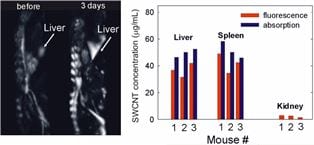

Three-dimensional optoacoustic tomography enables quantitative measurements of nanoparticle concentrations to evaluate their biodistributions in animal models.
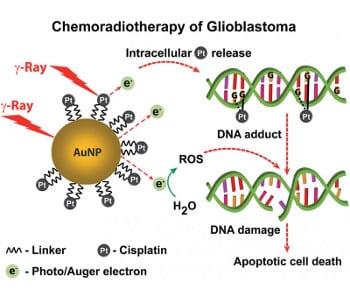
A collaboration between nano- and neuroscientists has resulted in a system that kills the most aggressive, and most common, form of adult brain cancer.
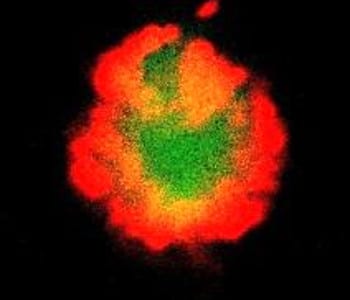
Nair and colleagues demonstrate that a tumor vaccine can be formulated by loading RNA into whole blood cells directly after blood draw.
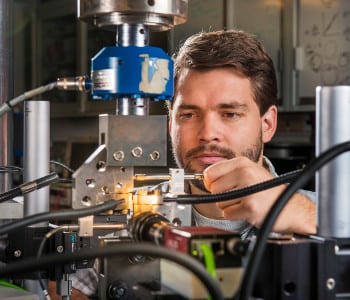
Long-term, multidisciplinary project called Predicting Performance Margins aims to link variability in materials’ properties with how actual parts perform.

Nissan in Europe has begun tests on super-hydrophobic and oleophobic paint technology that repels mud, rain and everyday dirt.
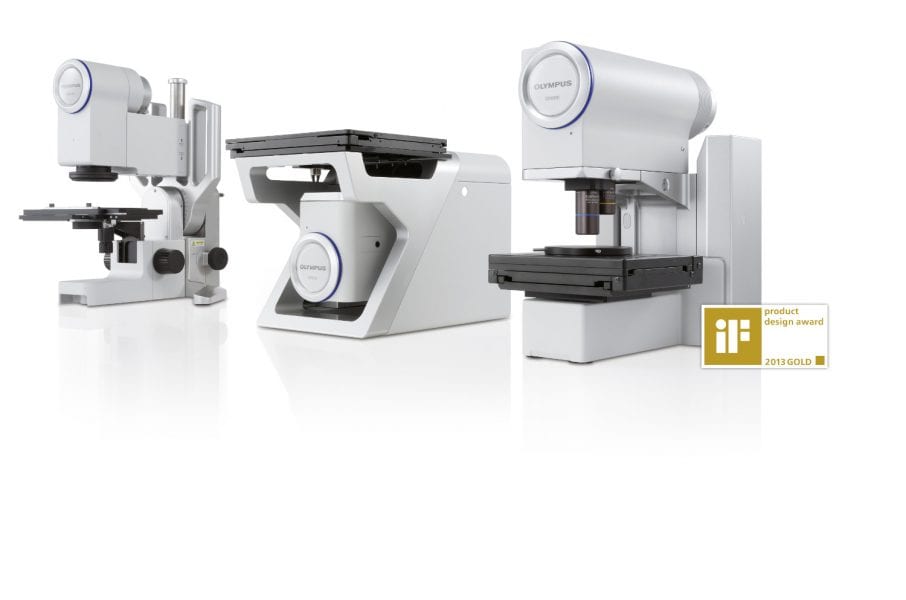
Olympus is commended for the precise and contemporary design of its intuitive and easy-to-use, non-contact opto-digital microscope systems for materials science applications.
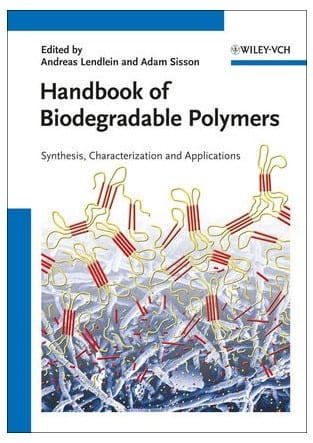
Seema Agarwal (Universität Bayreuth) reviews the Handbook of Biodegradable Polymers: Isolation, Synthesis, Characterization and Applications.
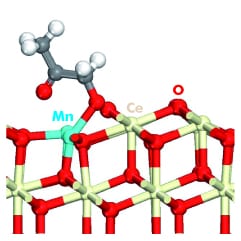
New work discusses the main challenges in the use of DFT to study catalysis by transition metal oxides with strongly correlated electrons.
Nanowires, solar cells, and silicene – these and more in September’s physics highlights.
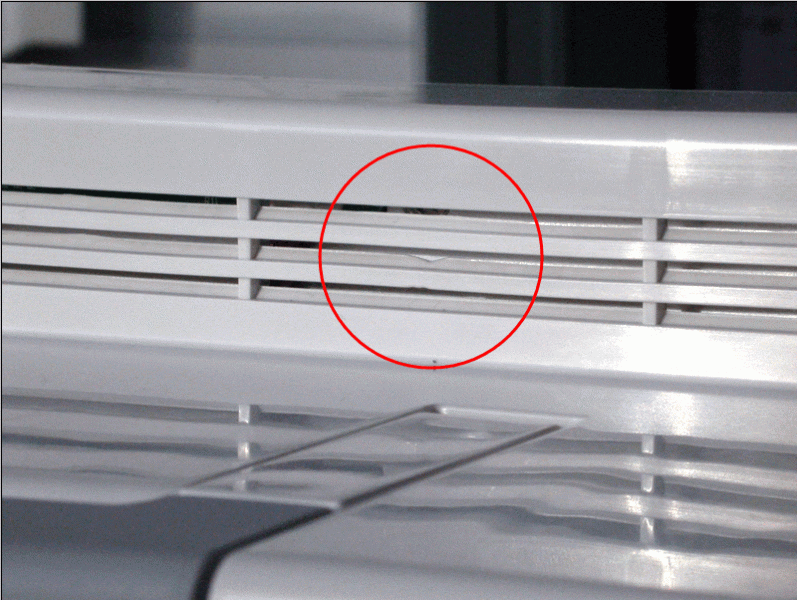
Plastics consultant Mark Rosen looks at how efforts to save money in part development are often counter-productive.